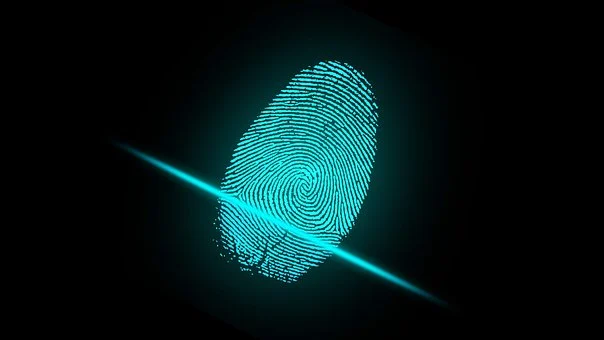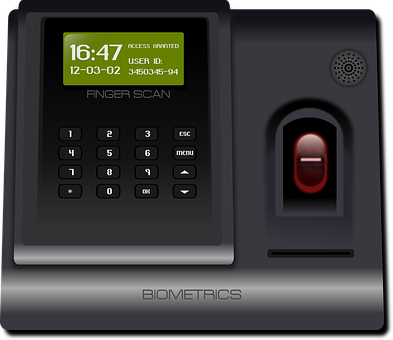
Do you know if there is anyone in your building that shouldn’t be there? The bigger the building, the more likely it is that someone who has no business being in the building can slip in. What will they do? Who will they harm? While we might like to think that it will never happen to us, that’s not how everyone feels. It will help protect yourself and everyone else in the building, which involves a basic ID badge system. Taking the simple step of controlling access to the building to only those who need to be there is the first part of a reliable security plan. But there is more to it than just issuing badges and taking a few pictures. Learn why you need to think a few steps ahead and look into your badging system’s future. Consider the differences between people in the building every day versus the one-time visitor who is there only for a one-hour meeting. All of these will influence how your badging system looks and operates.
What Is Access Control
Access control is defined by the words that make it up. You are “controlling” the “access” to something, which means you determine who has a reason to go into a building, a room, access a file or software, and more. Access control aims to maintain safety and security by limiting who can enter and use a particular place or thing. Access control can be as simple or complex as you may need, but even primary access control is beneficial in ensuring safety and security.
Complex access control might have a series of identification methods required. You may make a fingerprint identification, as well as a specialized keycard that only certain people have. It could also mean entering a password or code that you have been given to gain access. It might be as simple as utilizing an ID badge to help ensure that only specific people are allowed into a business or building.
Related: Learn the details of an electronic access control system
Basics Of Establishing An ID System
Equipment
When you are looking to build an ID badge system, you will first need to look at the equipment you need. Consider the badge itself. Will this be merely for a photo, or will it also incorporate a magnetic stripe or any other features? The more it has, the more expensive it is for each unit, but it also provides additional ways to use the badge. If you want a photo of the person on the badge, you will need a decent camera that can be used quickly for replacement badges, temporary badges, or other needs. Printers for the badges are another piece of equipment that you’ll need to invest in. Perhaps you will want a double-sided badge with printing on both sides, or you might wish for a holographic overlay to help prevent counterfeit badges. And of course, you will need software to incorporate with the badges for entry, and other features that you decide are important.
Looking to augment your ID badge system? Check out the easily integrated CCTV systems

Badge design
When you add photos to badges, it is essential to remember just how small the image is on a badge. When you keep this in mind, it will influence how you take the pictures for the badges you issue. You will want to make sure that the person’s full face takes up the vast majority of the photo with minimal background. When the picture is added to the badge, that is the most important feature and should be most prominent. Yes, having your logo on the badge is essential, but that is the same image on all badges; the picture of the person on the badge is one-of-a-kind and needs to be the most conspicuous on the badge for security personnel and others. Also, when you issue badges, ensure that you put an expiration date on the badge. This forces people to update their pictures every year or two to match the person and does not look like they were taken decades earlier.
Related: Custom designed photo badging system
Initial issue
When you are first issuing ID badges to your team, you will want to announce the change in advance of things changing. Explaining the reasons behind the implementation of badges will help people understand their needs and increase compliance from the get-go. Develop a schedule for people and departments to have their picture taken, and communicate this on several occasions to know what is happening and when. When you are taking photos, be sure the backdrop used is the same for everyone, as it will provide uniformity, and have them all sit in the same manner, looking at the camera while seated at a 45-degree angle. When taking initial pictures, do not issue badges simultaneously; instead, print and distribute them at a future date to minimize disruptions to the workday. When you give the badges, include a single page FAQ sheet with details such as not putting stickers over their picture. Lastly, consider instituting a replacement fee for the badge to help give them an incentive to take care of their badges.
Continuing process
Once the initial roll-out has happened, you need to consider the ongoing process for when employees get hired, end up leaving, and deal with visitors and vendors. For a small organization, you might have your human resources person or department manage the badging system. This makes sense in some cases because then all new hires will have a badge issued when they start, and the usually lower turnover in HR makes them a good fit. However, it makes sense to have the process reside with the security department in larger organizations and buildings. Anyone who is visiting, or anyone who has lost their ID badge, needs to first check-in with the security department to get a badge issued. You may also want to invest in straightforward access cards for visitors who don’t need a picture badge. You might want to have a different color of badges for temporary cards for employees or visitors.
Related: Apartment complex security issues

Conclusion
Controlling access to your business or building is not something that should be overlooked. While it isn’t the only security measure you should take, it does serve an essential part of the overall security and safety that you seek. It is crucial to think through what you want from a badging system and look into what other technologies can be incorporated or improved by introducing a badging system. Then you will find the investment into a badging system worthwhile.
Ready to get your ID badge system in place? Contact Tristar Security Services today to enhance your building security today
